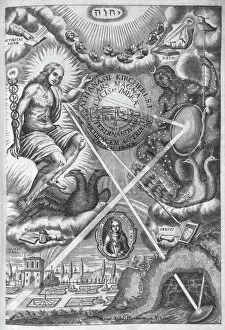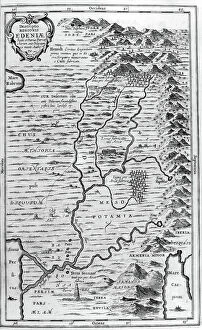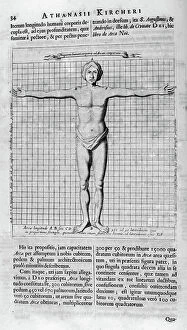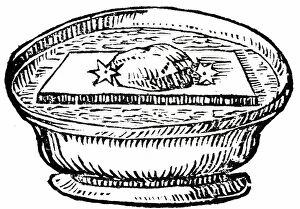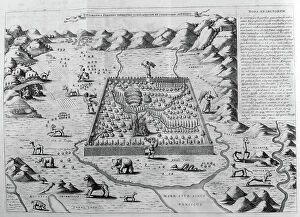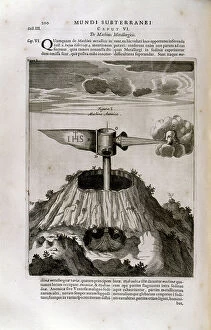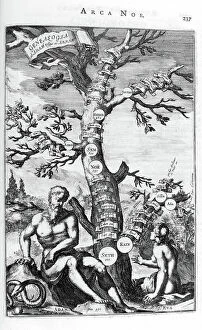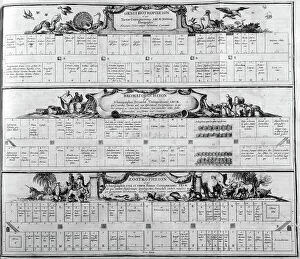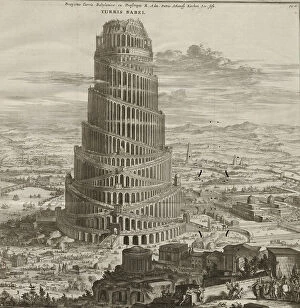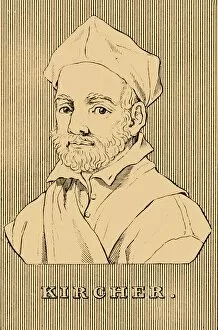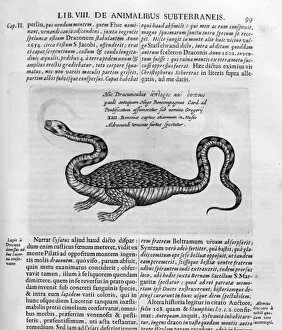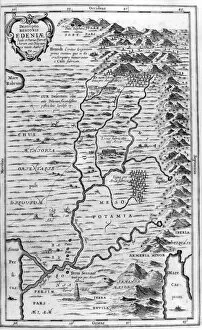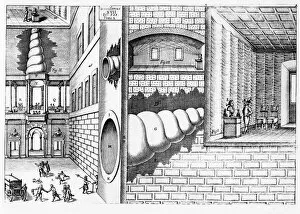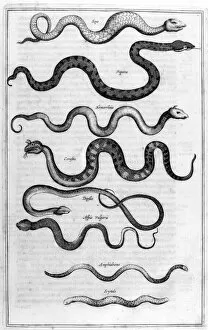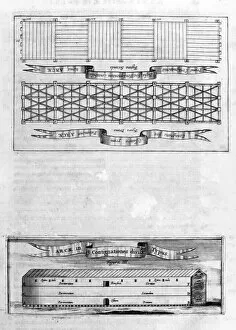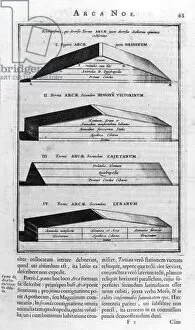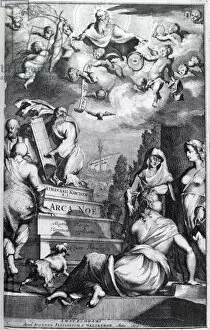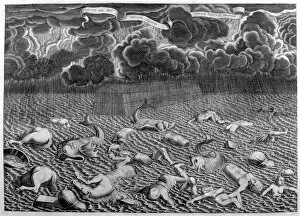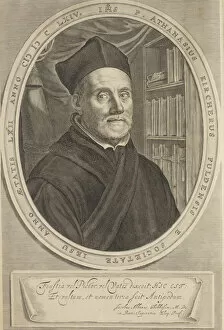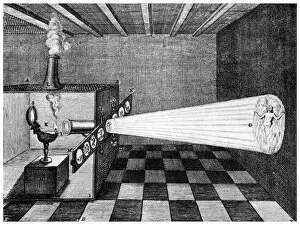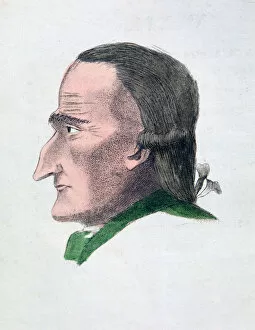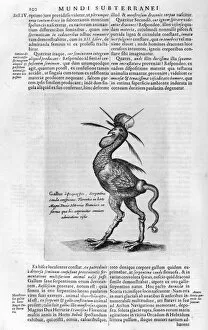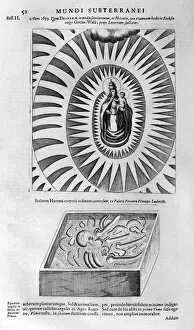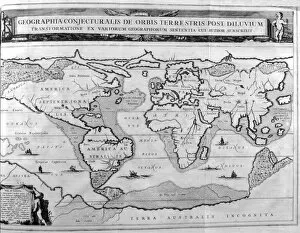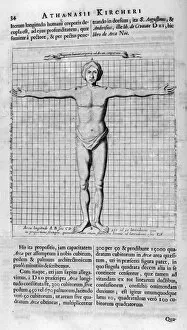Athanasius Kircher Collection
Athanasius Kircher, a renowned 17th-century scholar and polymath, left an indelible mark on the world of knowledge
For sale as Licensed Images
Choose your image, Select your licence and Download the media
Athanasius Kircher, a renowned 17th-century scholar and polymath, left an indelible mark on the world of knowledge. His work spanned various disciplines, from natural history to linguistics, and his insatiable curiosity led him to explore the mysteries of the universe. One of Kircher's notable works was "Ars magna, " which he published in 1646. The title page of this book showcases his dedication to unraveling the secrets of nature. With intricate illustrations and enigmatic symbols, Kircher invites readers into a realm where science meets mysticism. Born in 1602 and passing away in 1680, Athanasius Kircher's contributions were not limited to intellectual pursuits alone. He also dabbled in artistry, as seen in his depiction of a small dragon created in 1678. This mythical creature reflects both his imaginative spirit and meticulous attention to detail. Kircher's innovative mind is further evident through his invention showcased in an illustration titled "Device for listening to conversation. " This device offers a glimpse into Kircher's fascination with communication technologies ahead of their time. In another one of his works called "Arca Noe, " published in 1675, Kircher delves into biblical themes such as building the ark during Noah's time. Through detailed engravings depicting scenes from this ancient tale, he combines religious narratives with scientific inquiry. Johann Adam Schall von Bell was one figure who influenced Kircher greatly; Schall von Bell served as Jesuit missionary before Ferdinand Verbiest took over that role later on. Their collaboration exemplifies how scholars like them pushed boundaries together while advancing human understanding. The great flood is yet another theme explored by Kircher within "Arca Noe. " In these engravings from 1675, he portrays this cataclysmic event with both awe-inspiring grandeur and meticulous accuracy—a testament to his multifaceted talents.

